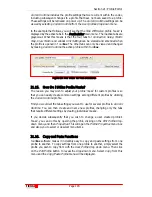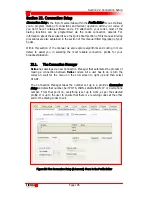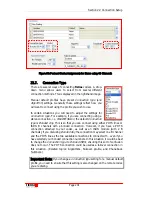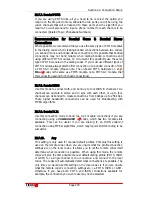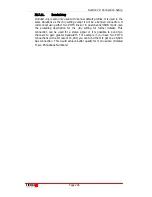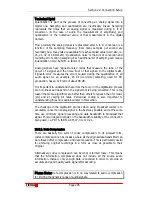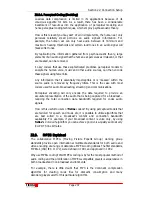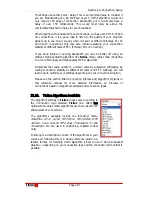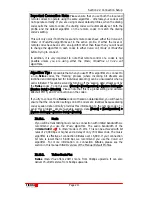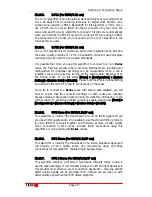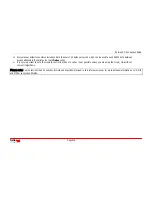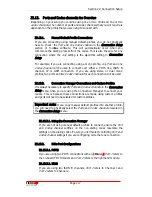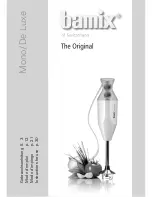
Section 22: Connection Setup
T
ieline
T E C H N O L O G Y
Page 206
Technical Spiel
Quantization is part of the process of converting an analog signal into a
digital one. Sampling and quantization are inextricably linked. Sampling
represents the times that an analog signal is measured during A to D
conversion (in the case of audio the measurement of amplitude), and
quantization is the numerical value of that measurement in the digital
domain.
How precisely the analog signal is represented after A to D conversion is a
function of the sampling frequency (how many samples per second are
recorded), how many bits are available for each sampled value (word size, i.e.
16, 24, 32 or 48 bits etc). ‘Quantization noise’ is the sum of conversion and
rounding errors during sampling. Each additional bit of sampling can reduce
‘quantization noise’ by 6dB – a factor of 2.
Analog signals have ‘signal-to-noise’ ratios that measure the ratio of the
power of a signal and the noise floor of that signal. In the digital realm,
‘signal-to-error’ measures the errors caused during the quantization of an
audio signal. As an example, 16 bit (word size) sampling, used for CD
production, has an S/E ratio of about 98 dB.
It is important to understand that errors that occur in the digitization process
are non-linear and depend on the signal that is being converted. This is the
reason that some algorithms are better than others for speech than for music
(etc) and at varying bit rates. Perceptual coding is also important to
understanding this and is explained later in this section.
The challenge in the digitization process when using broadcast codecs is to
accurately convert an analog signal in the best way possible, and at the same
time use minimum signal processing and data bandwidth to broadcast that
signal. This will depend largely on the bandwidth reliability of the connection
being used, i.e. POTS, ISDN, GSM, IP, 3G or X.21.
22.8.3.
Data Compression
There are basically two sorts of codec compression. In its simplest form,
codec compression can be lossless, where all the original data transmitted can
be retrieved after compression and decompression. This is particularly useful
for archiving original recordings in a form as close as possible to their
original.
Alternatively, codec compression can be what is termed ‘lossy’. This means
that the information compressed does not include all the source audio
information. Instead, only enough data is encoded in order to provide an
accurate and good quality audio signal after decoding.
Please Note:
Data compression is in no way related to audio compression
for limiting the dynamic range of audio signals.


